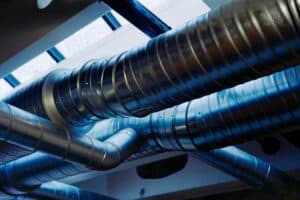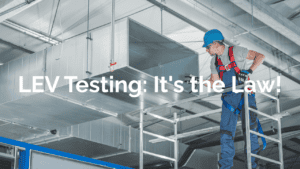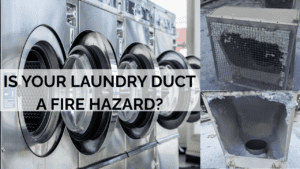The pandemic has cost the UK economy over £250 billion, and business leaders are keen to get their operations back to full capacity. But how can they make it safer for those who don’t necessarily need to be in an office?
After more than a year of many office teams working from home, we outline the responsibilities of health and safety officers and building managers for creating a safe working environment for returning to the office.
Infection control in the workplace
As many begin to return to the office, whether on a full time or flexible basis, all businesses have a responsibility to ensure their workplace is COVID-19 secure.
To keep employees protected from the virus, employers must take reasonable steps and complete a risk assessment. In this, employers should outline the potential situations where the COVID-19 virus may be able to spread in the workplace, how likely someone could be exposed to the virus and how you’re removing or controlling the risks.
What are the office infection control guidelines?
There are several short-term infection control measures for employers to keep their workers protected from the risk of coronavirus, including social distancing, one-way systems, handwashing & sanitisation stations, staggered shifts and sanitising of surfaces, equipment and workstations.
Air handling systems
As well as office infection control guidelines for employers to follow, there are aspects that facilities and building managers need to consider, such as their air handling systems.
When assessing the risks of the office environment, you should also consider the poorly ventilated spaces, as well as ventilation systems with regular checks to ensure it’s working effectively and efficiently.
The guidance recommends opening windows and doors, where possible, to ensure a flow of fresh air into the building.
While offering short-term solutions will provide peace of mind for the time being, employers must adopt a consistent, long-term solution. Infection control should be included in health and safety policies to keep our workforce safe.
How to reduce indoor air pollution
While opening windows and doors can ensure the ventilation of fresh air, there is the risk of indoor air pollution.
There are many options that are affordable and non-invasive, and potentially add less than just 1% to the cost of a typical building.
How to improve indoor air quality in offices
Ultraviolet germicidal irradiation (UVGI) is an effective way businesses can improve air quality in offices. UVGI disinfects indoor air and has a 99+% microbial kill rate
Infection control solutions for large office spaces
Typically, larger office spaces will already have a mechanical air handling system installed, but how well maintained is it? We carry out TR19 inspections and services, and offer consultancy on filtration to ensure systems are running at maximum performance and efficiency.
Our TechniKlean UVGI solution cleans air moving through the building and keeps your employees safe. It can also be retro-fitted into your existing system for a quicker, easier and cost-effective installation.
Infection control solutions for small office spaces
For smaller office spaces, RoomKlean UVGI, our upper room UV infection control solution is easy to install, whilst also killing 99%+ of common microbes, including COVID-19. As a standalone solution, RoomKlean UVGI safely irradiates viruses with continuous disinfection that is low power and silent and is ideal for spaces with little to no ventilation. Plus, it only requires a low level of maintenance.
For smaller rooms that aren’t used on a day-to-day basis, you could try MobiKlean, a portable plug-in solution for disinfecting rooms before and after use.
To learn more about our infection control solutions and how we can help you prepare for the return of office employees, contact us at [email protected].








